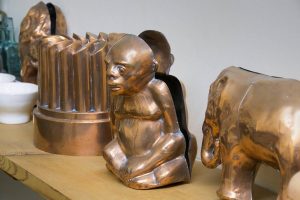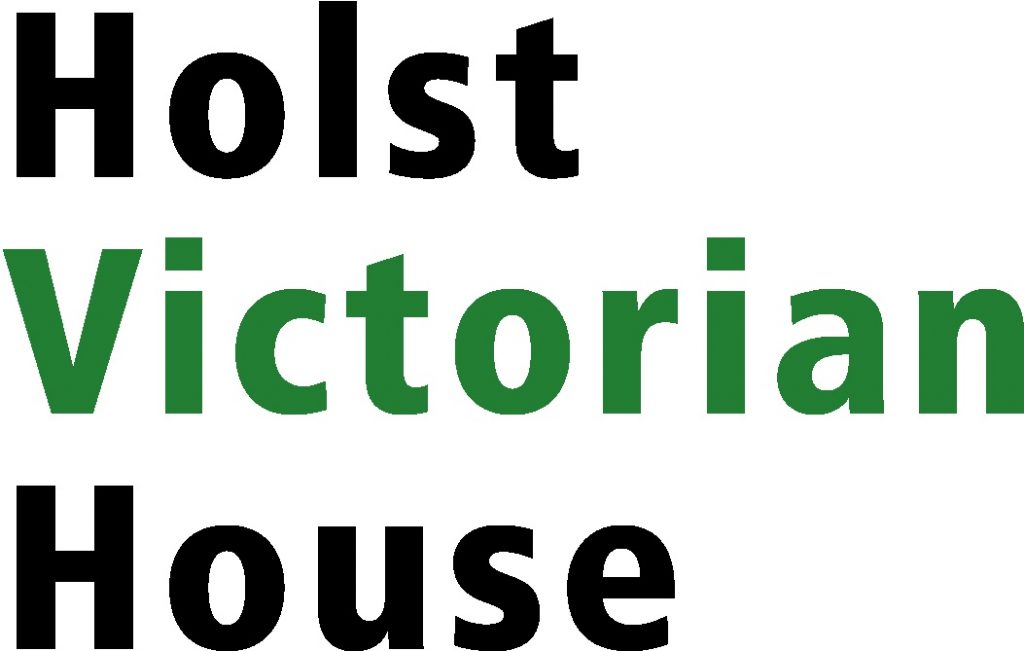A copper jelly mould in the shape of a monkey. Now, where’s that ice-cream?
Share this page with your friends…
A copper jelly mould in the shape of a monkey. Now, where’s that ice-cream?
 When was the last time you made a jelly for dessert? Did your jelly come from a packet? Did you tear up the cubes and dissolve it in water, perhaps adding a few slices of fruit? Did you pour it into a standard, featureless bowl and pop it into the fridge?
When was the last time you made a jelly for dessert? Did your jelly come from a packet? Did you tear up the cubes and dissolve it in water, perhaps adding a few slices of fruit? Did you pour it into a standard, featureless bowl and pop it into the fridge?
In all likelihood you did. For this is the way we tend to make our jellies these days – a very different approach to our Victorian forbears. For example we no longer purchase a couple of calf’s feet from the butcher to make our jelly stock; nor do we regard jelly as a particularly adult dish. Instead jelly has become synonymous with ice cream and tends to come in the select flavours of raspberry, orange and lime! But say the word ‘jelly’ to a Victorian and a very different dish would emerge in their mind…
Of course in the 19th century – and before – jellies weren’t just a sweet dish. They were served as savoury entrees and could be wine or liqueur based. They were also given to invalids. A recipe from Mrs Beeton’s Book of Household Management details a particularly rich recipe for the sick: ’12 shanks of mutton, 3 quarts of water, a bunch of sweet herbs, pepper and salt to taste, 3 blades of mace, 1 onion, 1lb of lean beef, a crust of bread toasted brown.’
It is doubtful that the copper monkey jelly mould in our collection was used for invalid food. However it would definitely have cheered up the sick room! Novelty moulds such as these were very popular in the 19th century as they were particularly striking at the dinner table. Other animals such as elephants and the patriotic British lion were also fashionable. Copper was common for the fancier moulds. Less elaborate moulds were made from stoneware and wood and like the copper ones could be in a range of shapes and sizes. Jelly moulds were used also used for blancmanges, creams and ices.
These wobbly creations were very time consuming to make, although they were equally appealing to housewives in smaller homes and ladies in larger, wealthier households with a plethora of servants. This was because they could be prepared the day before a dinner party, thereby freeing up time on the day of the party itself to arrange the rest of the meal.
Curiously, monkeys were a popular pet in the Victorian period, particularly in wealthy homes. Imported from the colonies alongside other exotic birds and beasts, there were even handbooks on how to keep them including Notes on Pet Monkeys and How to Manage Them by Arthur Patterson London, 1888. He noted in his book:
‘A more comical and entertaining pet cannot possibly be kept, if but under proper control; and you have a fertile source of never-ending drollery at your disposal.’
Interestingly in 1891 when Edward Shenton gave up his lease of Pittville Pump Room and Gardens in Cheltenham one of the attractions he’d offered the public in the 1880s was a monkey. This could be seen alongside ‘a goat-house on wheels’, penny slot machines and a boa constrictor! We can only speculate that the young Gustav Holst saw this monkey on his walks to the Gardens with his nursemaid…
Share this page with your friends…
Like most websites we use cookies to store and/or access device information. Some are essential for the site to work ('Functional Cookies'). Others are optional such as ones that monitor browsing behaviour ('Analytical'). We do not use marketing cookies but embedded links (typically videos) may use them and you may have to consent individually to view these videos if you do not allow Marketing Cookies..



